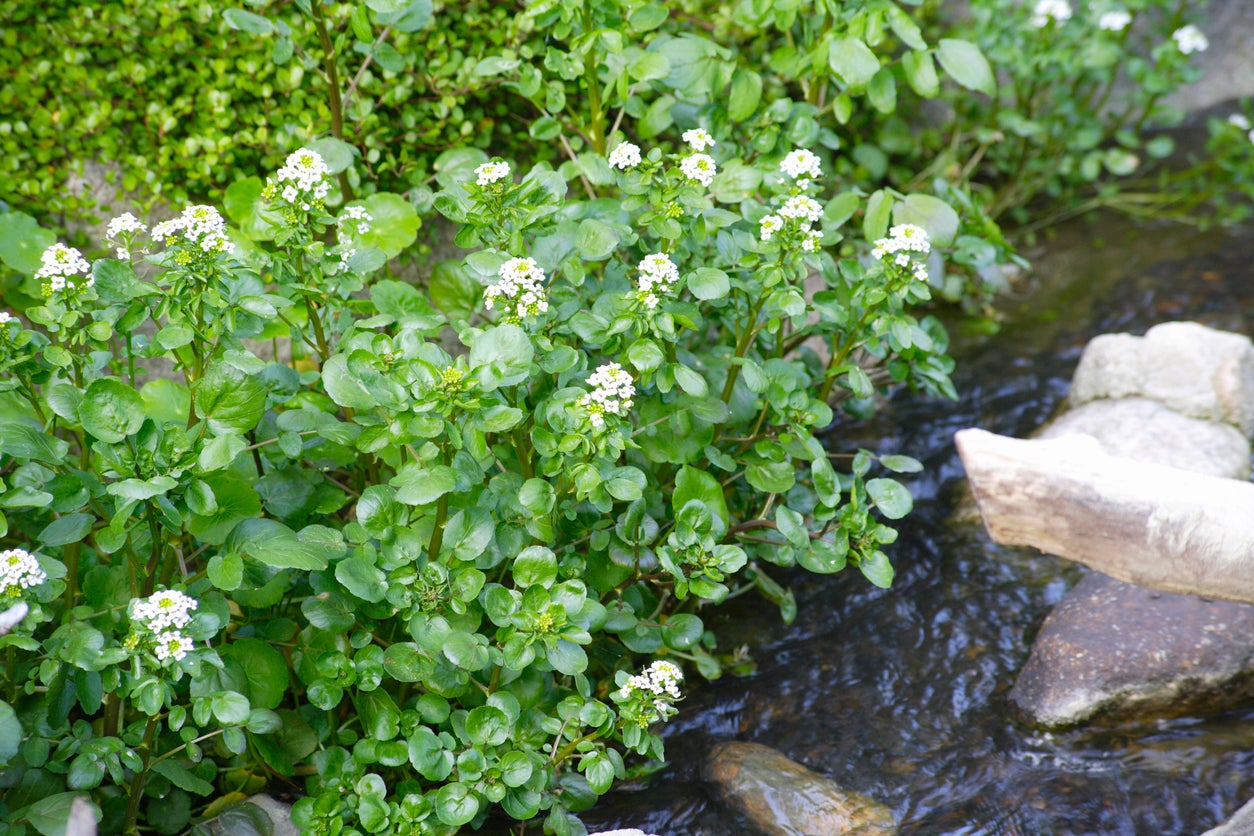Bog Garden Vegetables: Growing An Edible Bog Garden


If you have a water feature on your property, you may be wondering if you can put it to good use by growing water garden veggies. The answer is yes. You can grow many types of vegetables in a bog garden.
How to Create an Edible Bog Garden
While the term “bog” generally refers to wet, muddy areas that tend to be poorly oxygenated and low in nutrients, a bog filter garden is a water feature designed as a natural method for cleaning and filtering backyard ponds.
Bog filter gardens are built adjacent to a backyard pond and use pea gravel, which acts as a biological and physical filter. Water is pumped from the pond into the gravel bed where bacteria “digest” organic waste. The water in bog filter gardens is highly oxygenated and nutrient-rich. It's the perfect place to grow bog garden vegetables.
Planting vegetables in a bog garden is not much different than planting in regular garden soil. Simply dig a small hole in the pea gravel, remove the plant from the pot and insert the root ball into the hole. Finish filling the hole with pea gravel ensuring the bottom of the roots are in the water and the crown of the plant is above the water line.
Edible Plants for Bog Gardens
When choosing edible plants for a bog garden, select those that prefer a moisture rich environment. Many types of garden plants, like lettuce and tomatoes, do well in a bog filter garden. If you're feeling adventurous, you can try growing these moisture-loving bog garden vegetables:
- Water Chestnuts – This popular stir fry vegetable requires a long growing season, at least six months of frost-free weather. Water chestnuts are ready to harvest when the foliage turns brown. Plant in full sun.
- Water Spinach (KangKong) – One of the fastest growing water garden veggies, water spinach has a nutty spinach flavor. Native to tropical regions, it can also be grown as an annual in cooler climates.
- Watercress – This is an ideal plant for an edible bog garden, as watercress grows best in moving water. This fast-growing perennial has a spicy, peppery flavor and is often consumed as a salad green.
- Wild Rice (Zinzania aquatica) – Growing to height of 3 to 6 feet (1 to 2 m.), wild rice is an annual aquatic grass. It is not related to the common rice plant. For best results, plant wild rice in the fall or very early spring. Wild rice forms a grain head and the seeds are contained within a hull.
- Taro – One of the first bog garden vegetables to be cultivated, tarov makes a healthy alternative to potatoes. Taro corms are used in Hawiaain poi, in soups and stews and as fried chips. Taro plants can reach 3 feet (1 m.) tall and prefer full sun. Taro is winter hardy in USDA zones 8 to 11 and can be grown as an annual in cooler climates.
Sign up for the Gardening Know How newsletter today and receive a free copy of our e-book "How to Grow Delicious Tomatoes".

Laura Miller has been gardening all her life. Holding a degree in Biology, Nutrition, and Agriculture, Laura's area of expertise is vegetables, herbs, and all things edible. She lives in Ohio.